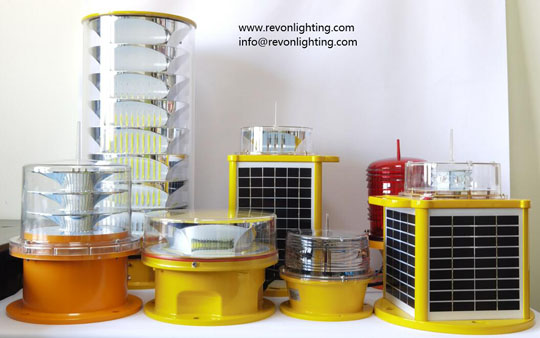Medium intensity aviation lights play a vital role in ensuring the safety of aircraft during takeoff, landing, and low visibility conditions. With advancements in technology, these lights have become increasingly important for maintaining a clear visual reference for pilots and preventing potential collisions. In this article, we will explore the significance of medium intensity aviation lights and their impact on aviation safety.
Understanding Medium Intensity Aviation Lights:
Medium intensity aviation lights are a type of lighting system installed on tall structures, such as buildings, towers, or wind turbines, to warn pilots about potential obstacles. These lights emit a steady white light during the day and a flashing red light at night, making them highly visible from long distances.

Compliance with Aviation Regulations:
Medium intensity aviation lights are essential for ensuring regulatory compliance. According to international aviation standards, structures exceeding a certain height require appropriate aviation lighting systems. By adhering to these regulations, airspace safety is enhanced, mitigating the risk of accidents caused by aerial obstructions.
| Medium intensity aviation lights | Medium intensity aviation light |
Enhancing Visibility and Awareness:
Medium intensity aviation lights significantly improve visibility for both pilots and air traffic controllers. The bright and distinctive lighting allows pilots to easily identify structures or obstacles in their flight path, even in challenging weather conditions. This increased awareness helps pilots make informed decisions and adjust their flight paths accordingly, thereby reducing the chances of potential accidents.
Collision Avoidance:
By employing medium intensity aviation lights, the probability of mid-air collisions is significantly reduced. These lights serve as a warning sign for pilots, indicating the presence of tall structures or other aircraft in their vicinity. The flashing red lights during nighttime act as an effective beacon, alerting pilots to maintain a safe distance and navigate accordingly.
Technological Advancements:
Recent technological advancements have further improved the effectiveness of medium intensity aviation lights. LED (light-emitting diode) technology has replaced traditional incandescent bulbs, offering enhanced brightness and energy efficiency. This results in more reliable lighting systems with lower maintenance requirements and reduced operating costs.
Importance for Night Operations:
During nighttime operations, medium intensity aviation lights are crucial for maintaining safe airspaces. The flashing red lights provide clear guidance to pilots, ensuring that they remain aware of structures and can avoid potential hazards. The visibility provided by these lights also benefits air traffic controllers, who can effectively monitor and manage aircraft movements in the area.
Conclusion:
Medium intensity aviation lights play a critical role in promoting aviation safety by enhancing visibility, aiding collision avoidance, and ensuring compliance with aviation regulations. These lights serve as an indispensable tool for pilots, air traffic controllers, and ground personnel, making air travel safer for everyone involved. As technology continues to advance, the effectiveness and reliability of medium intensity aviation lights will only improve, further strengthening aviation safety standards worldwide.